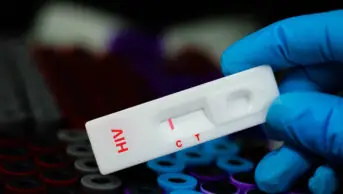In the UK we take for granted our access to potable tap water. But, according to the World Health Organization (WHO), 15% of the world’s population of 7.4 billion live in areas where clean water is hard to find. These 1.1 billion people are susceptible to a wide range of water-borne diseases, many of which can be life-threatening. And the number of people at risk is rapidly increasing as the world’s population grows.
The WHO says that every year sees 4 billion cases of diarrhoeal disease, of which 1.8 million result in death. But 94% of these cases could be prevented through modifications to the environment, and particularly through access to safe water.
Various water purification methods are of course available, but many are unsuitable for use in developing areas because of cost considerations and practical problems. However, a new ray of hope comes from scientists in China — the world’s most populous nation — where researchers are developing a means of purifying water by harnessing natural processes that take place in the leaves of green plants.
According to a recent report in the journal ACS Applied Materials & Interfaces, the research team, mainly from the laboratory of metal matrix composites at Shanghai Jiao Tong University, have built a three-layer membrane in which a top film of titanium dioxide nanoparticles and a middle film of gold nanoparticles are supported by a layer of anodised aluminium oxide.
The membrane cleans water by mimicking two of a leaf’s natural processes — photosynthesis and transpiration. First, in a photosynthesis-like (photocatalytic) process, the titanium dioxide layer captures light energy to trigger the breakdown of toxic pollutants. The researchers found that two hours of simulated sunlight degraded about 60% of a model sample of polluted water.
Secondly, the middle layer of gold nanoparticles mimics the leaf’s transpiration role by harnessing solar energy to evaporate water from the sample surface. The resulting water vapour rises, leaving contaminants behind, and can be condensed as purified water.
The researchers believe that combining the two natural processes in a single bifunctional membrane opens up a new and sustainable strategy for making effective use of solar energy. Further studies are clearly needed, but the research may offer the prospect of improved health in disadvantaged communities.

